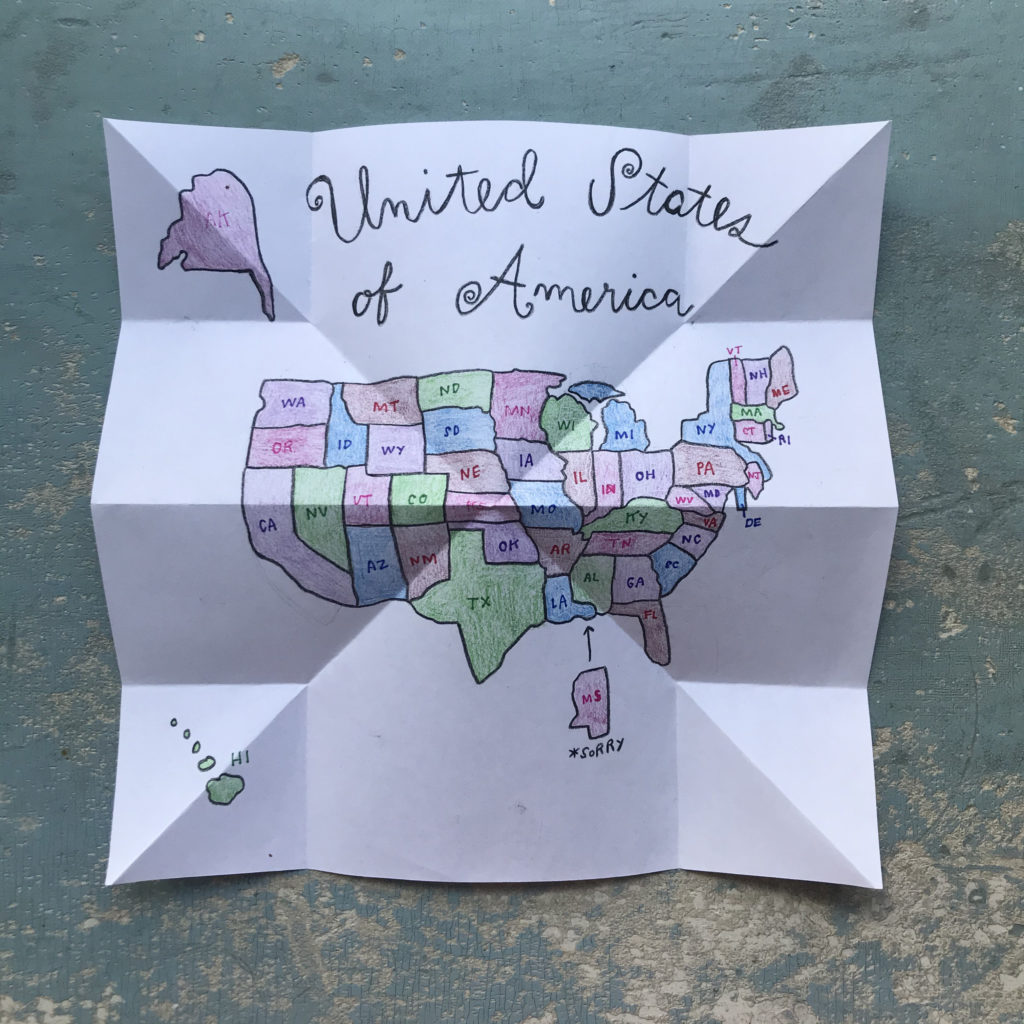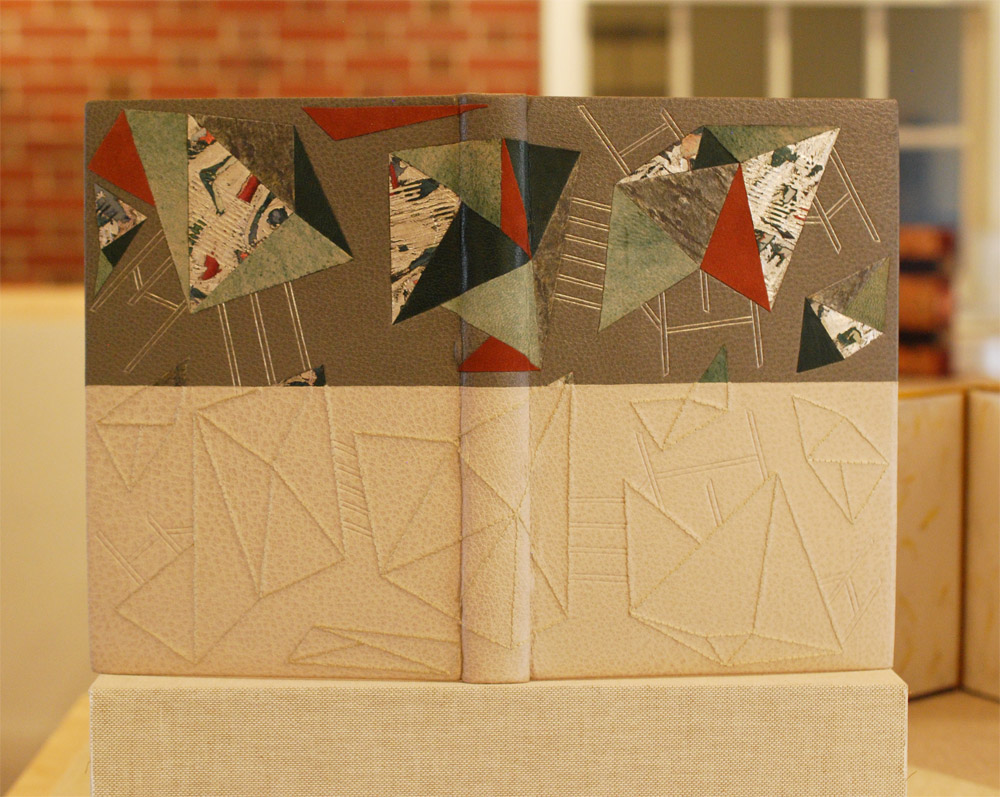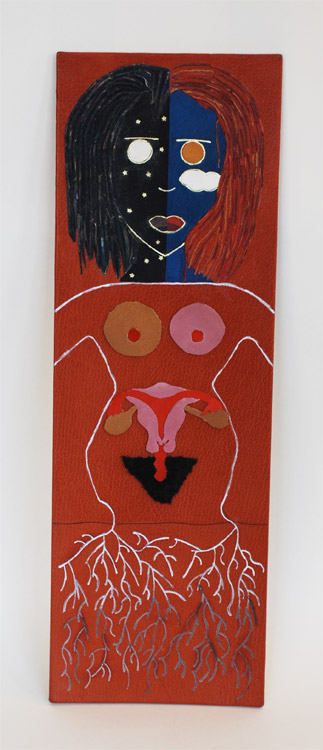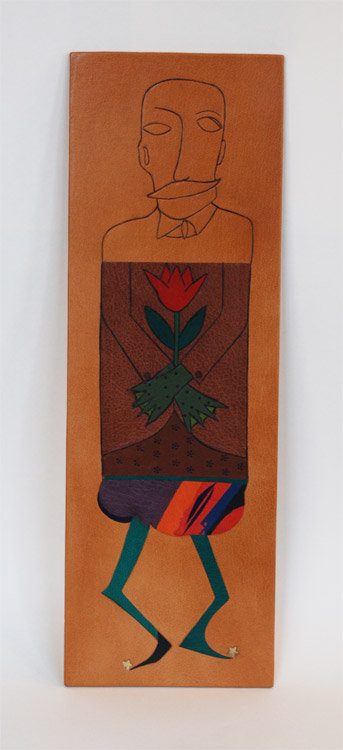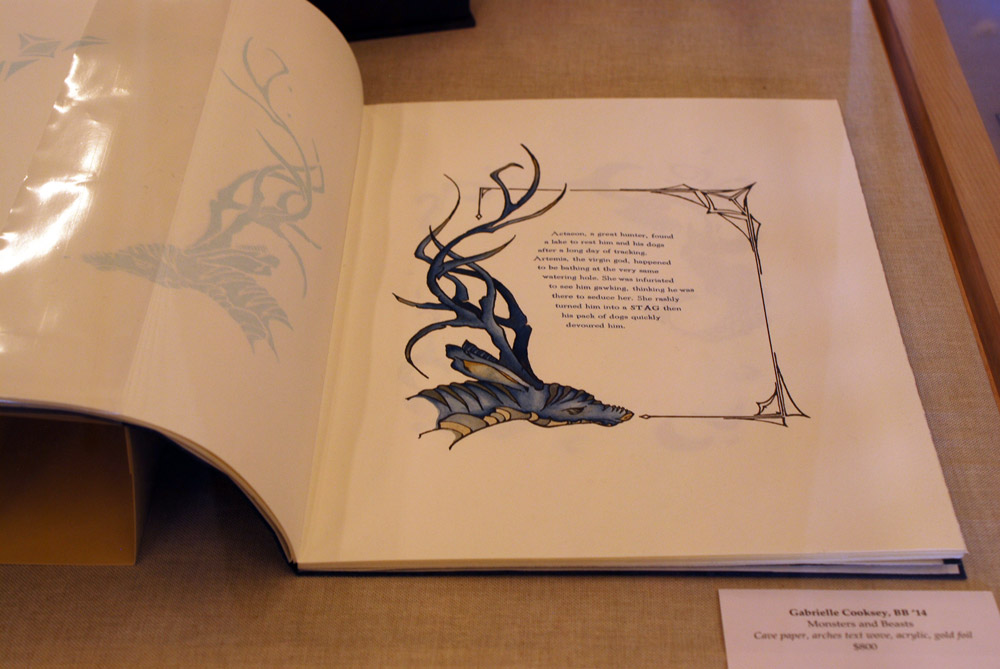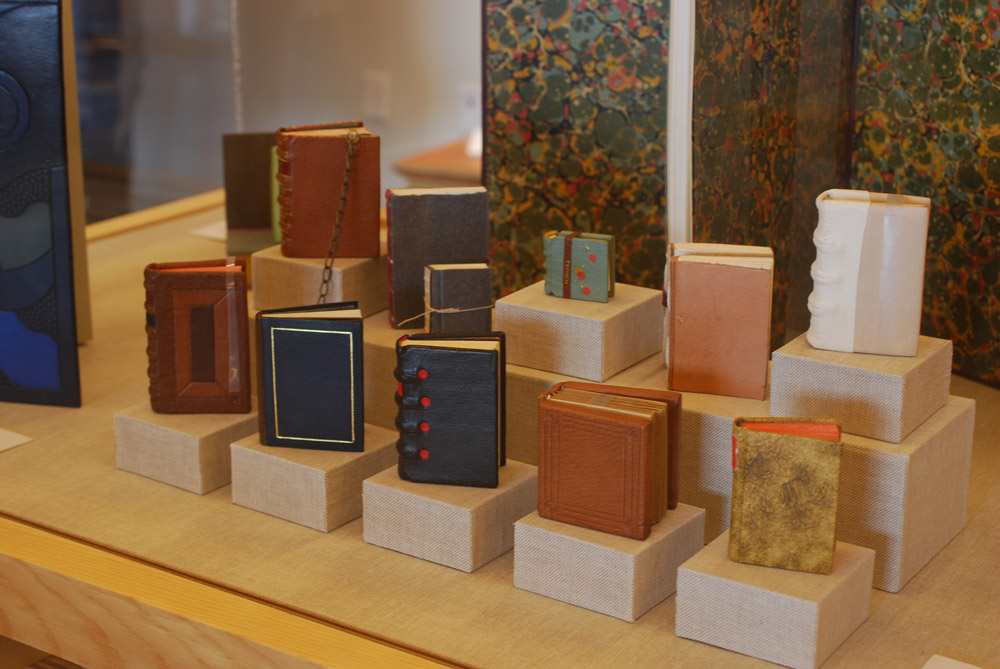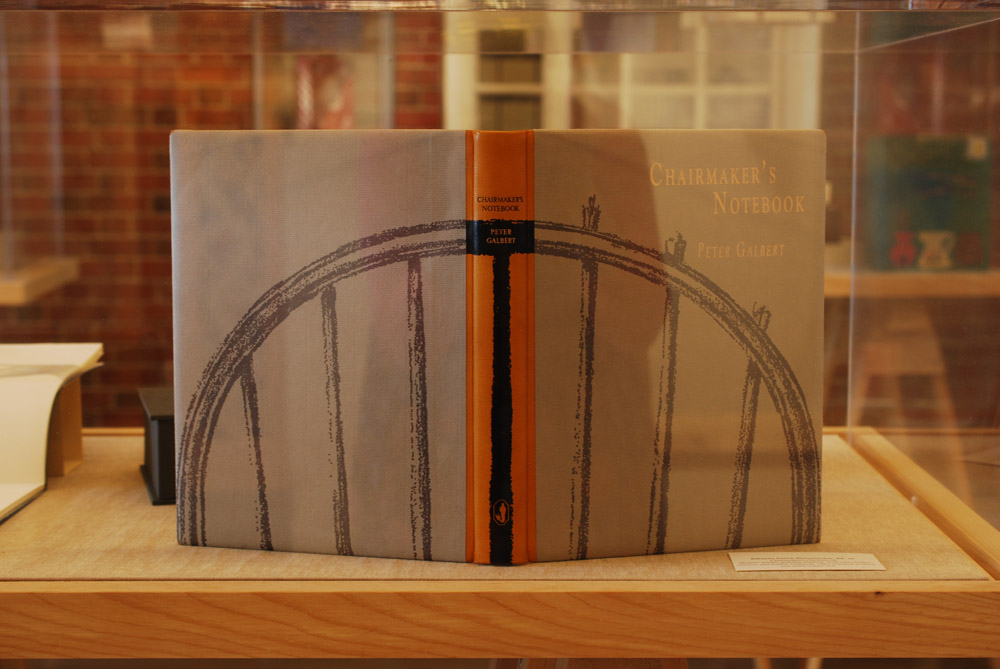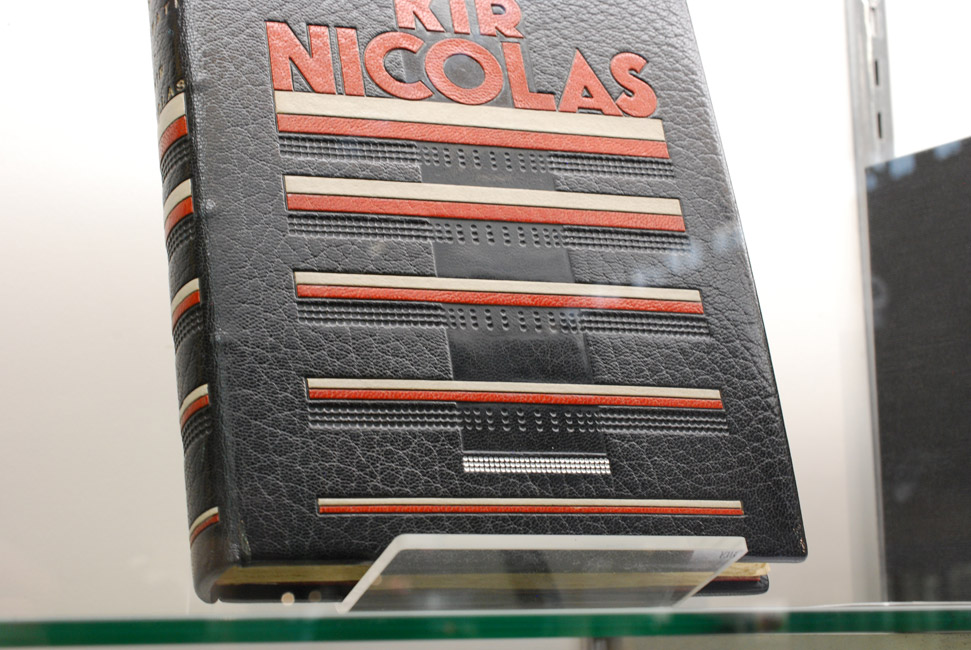In this video for North Bennet Street School, my co-host Colin Urbina shows me how to make a Petal Fold Book using simple folding techniques similar to the Turkish Map Fold. Even though this video is geared towards kids, this technique is great for any age group. You can find more online content created for NBSS here.
If you are looking for even more instructional content, I have a growing list of tutorials and I also teach live workshops in-person and online. Check out my list of Upcoming Workshops.
SUPPLIES:
– 5 square pieces of paper, plain or decorative (any size, but should be the same size)
– Glue Stick
– Bone Folder (optional)
– Coloring and decorating supplies (markers, colored pencils, or crayons)
The Petal Fold is a simplified version of a fold used in origami by the same name. By reducing the number of folds from the origami technique, it can be used to create pages that can easily condense into an artist book.

